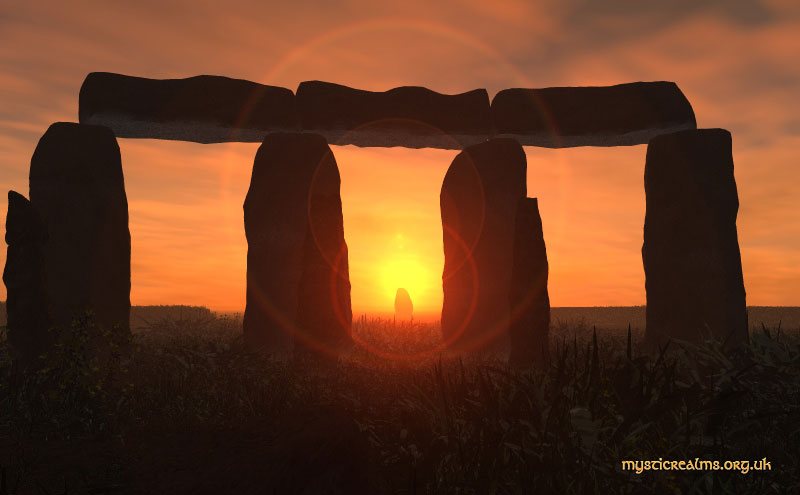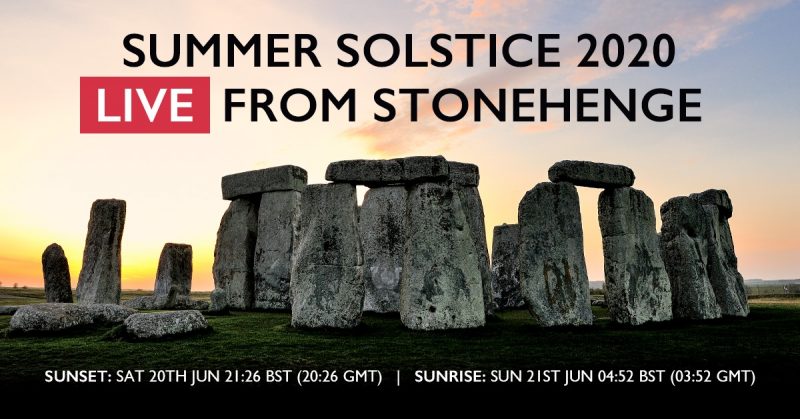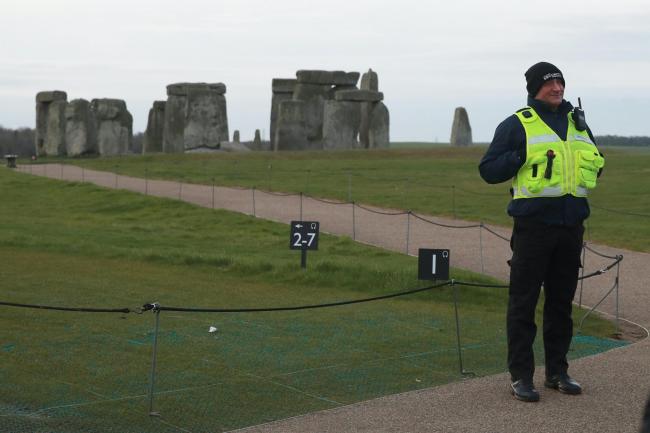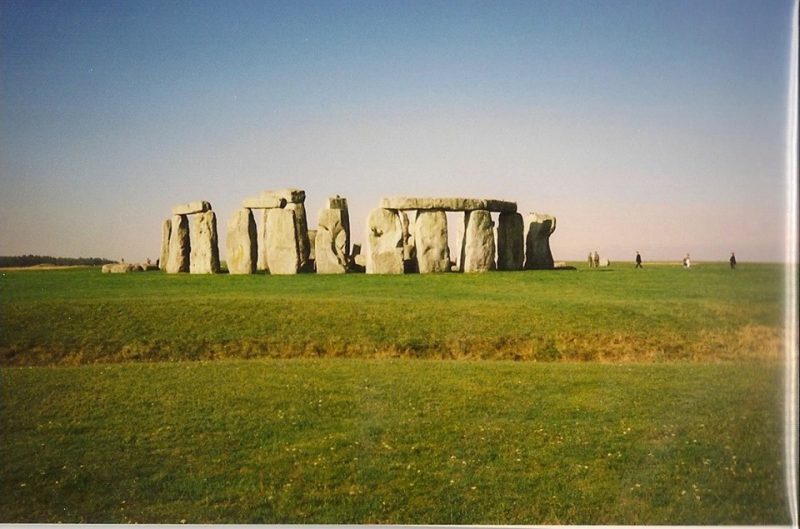
Wherever you are in the world, you can celebrate the 2020 June solstice by watching the sun rise at Stonehenge.
Every year, thousands of visitors gather at the neolithic Stonehenge monument in Wiltshire, England, to celebrate the first sunrise of the Northern Hemisphere summer. However, this year’s event has been canceled; Stonehenge is currently closed due to Covid-19. While this news is disappointing, there’s good news: For the first time, English Heritage – which has provided access to the event since 2000 – will instead stream the solstice event online.
The event starts at sunset on Saturday (20:26 UTC on June 20) and goes through sunrise on Sunday (03:53 UTC on June 21). Translate UTC to your time. Here is the official Facebook event page, where you’ll be able to watch the livestream. You can also access the event via Stonehenge on Twitter.

For everyone's safety and wellbeing, we've had to cancel this year's summer solstice celebrations at Stonehenge.
We know how special this occasion is to so many of you, and we'll be live streaming it for free online. pic.twitter.com/zMi0NzCmbO
— English Heritage (@EnglishHeritage) May 12, 2020
Stonehenge director Nichola Tasker told The Salisbury Journal:
We hope that our live stream offers an alternative opportunity for people near and far to connect with this spiritual place at such a special time of year and we look forward to welcoming everyone back next year.
We know how strong the draw to come is for some people, but I would take this opportunity to say please do not travel to Stonehenge this summer solstice, but watch it online instead.

Stonehenge, in England, was built in three phases between about 3,000 B.C. and 1,600 B.C., and its purpose remains under study. However, it’s known that if you stand in just the right place inside the Stonehenge monument on the day of the northern summer solstice, facing northeast through the entrance towards a rough-hewn stone outside the circle – known as the Heel Stone – you will see the sun rise above the Heel Stone, as illustrated in the image at the top.
Here’s a video tour of Stonehenge from English Heritage on Facebook:

In the Northern Hemisphere at this time of year, the sun is shining on us most directly at midday. Except at high northerly latitudes, above the Arctic Circle – where daylight is continuous for many months – the day on which the summer solstice occurs is the day of the year with the longest period of daylight. Meanwhile, it is the shortest day for Earth’s Southern Hemisphere.
At the northern summer solstice – always around June 20 – the sun’s path stops moving northward in the sky. For us in the Northern Hemisphere, it’s the day on which the days stop growing longer and will soon begin to shorten again. For this reason, the summer solstice is a time of festivals and celebrations around this hemisphere of Earth.


Stonehenge is tied to the winter solstice, too. At Stonehenge on the day of the northern winter solstice (always around December 20), people watch as the sun sets in the midst of three great stones – known as the Trilithon – consisting of two large vertical stones supporting a third, horizontal stone across the top.
In the case of Stonehenge, this great Trilithon faces outwards from the center of the monument, with its smooth flat face turned toward the midwinter sun. In fact, the primary axis of Stonehenge seems to have been carefully aligned on a sight-line pointing to the winter solstice sunset.

This huge megalithic monument shows how carefully our ancestors watched the sun. Astronomical observations such as these surely controlled human activities such as the mating of animals, the sowing of crops and the metering of winter reserves between harvests. Stonehenge is perhaps the most famous of of the ancient astronomical monuments found around the world.
When Stonehenge was first opened to the public it was possible to walk among the stones – even climb on them.
The stones were roped off in 1977 as a result of serious erosion. Today, visitors to the monument are not permitted to touch the stones, but, if you go, you will be able to walk around the monument from a short distance away. Visitors can also make special bookings to access the stones throughout the year.

Enjoying EarthSky? Sign up for our free daily newsletter today!
Bottom line: How to celebrate the 2020 June solstice sunrise at Stonehenge live online.











